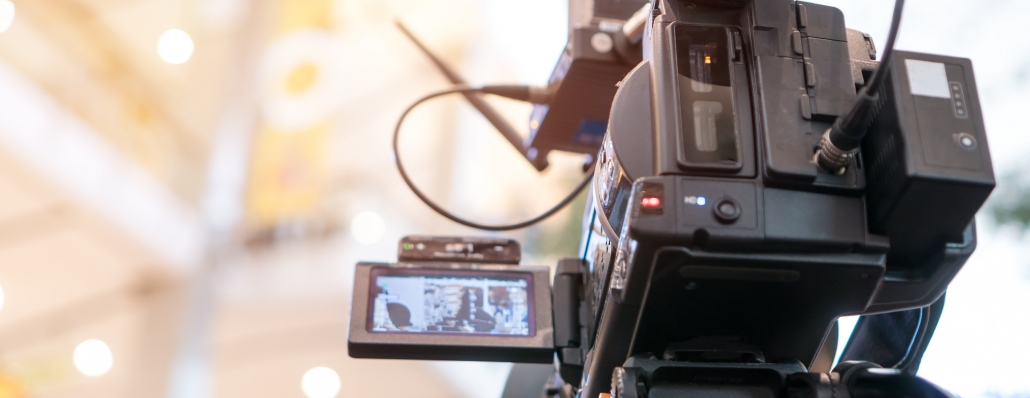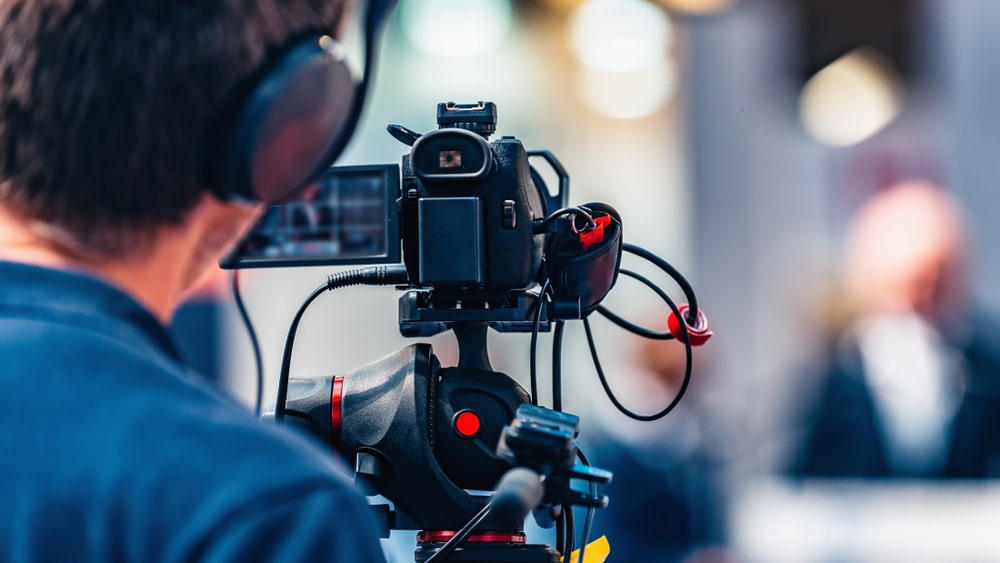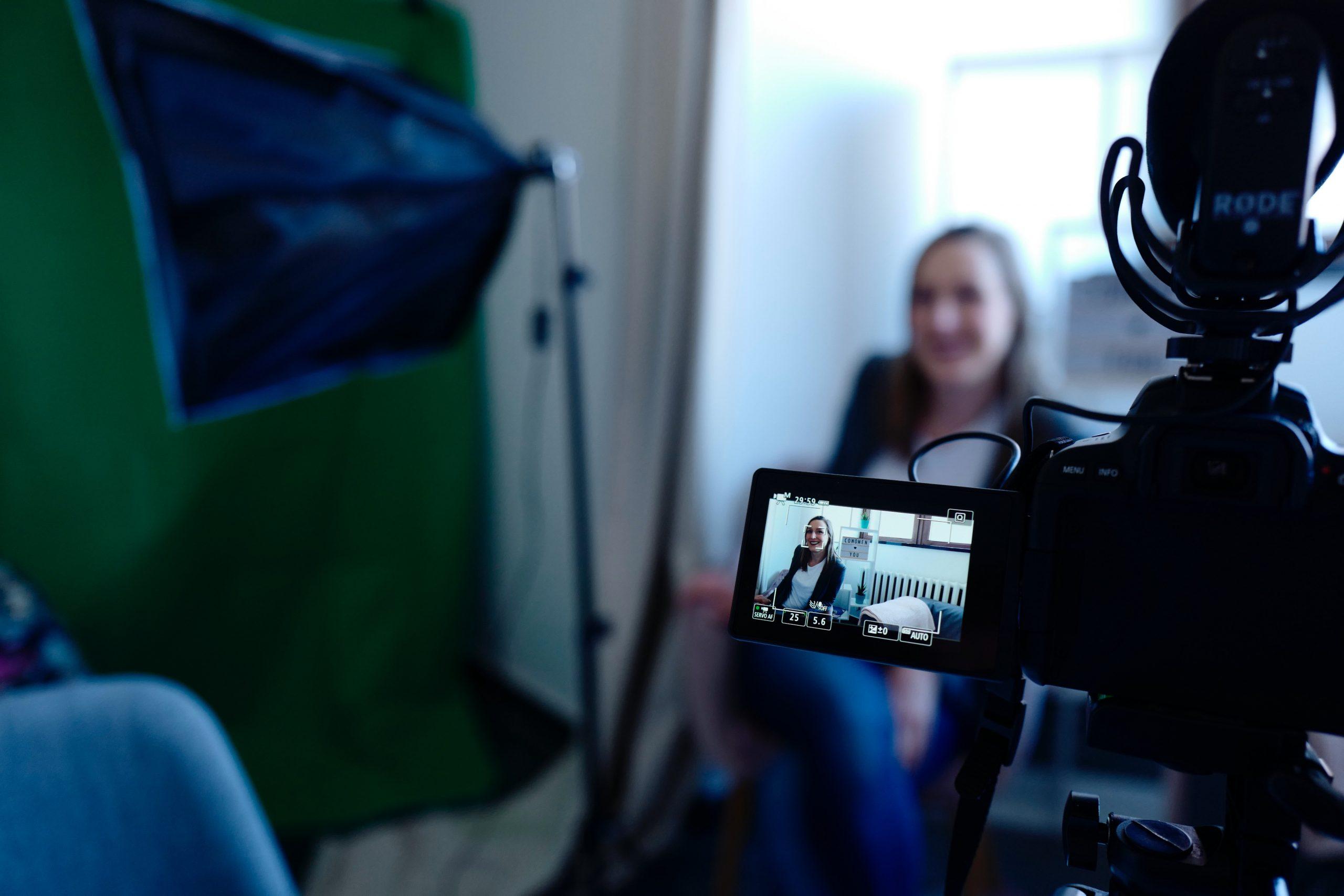The Duty of Legal Videography in Depositions and Tests
Lawful videography has arised as an important device in both depositions and trials, giving a multifaceted strategy to documenting witness testaments. As legal specialists increasingly identify its value, it triggers a much deeper evaluation of just how these visual records can affect juror perceptions and test end results.

Significance of Lawful Videography
Lawful videography plays a critical function in the documentation and presentation of depositions and tests. This customized field integrates technological abilities with legal understanding to produce a reliable record of procedures that can dramatically influence case results. The aesthetic facet of legal videography enhances the understanding of witness statement, enabling jurors and courts to observe not just the spoken words however additionally the temperament, emotions, and body language of the witnesses.
Furthermore, legal videography supplies an unbiased account of occasions, lessening the capacity for false impression that can accompany created records alone. This visual paperwork works as an important tool during test discussions, assisting in a clearer and more influential story for both complainants and accuseds. Additionally, the ability to replay video clip sectors during court proceedings enables lawful teams to emphasize vital factors, strengthening their arguments properly.
The relevance of legal videography extends past the courtroom; it additionally plays a crucial role in maintaining evidence for future referral, whether for charms or more legal activity. Its combination right into the legal procedure is essential for making sure a fair and precise depiction of the facts, eventually adding to the pursuit of justice.

Refine of Legal Videography
While recording the nuances of depositions and trials, the procedure of lawful videography involves several important actions that ensure premium, exact recordings. Originally, a professional legal videographer prepares by evaluating the situation products and recognizing the details requirements of the deposition or trial. This preparation includes familiarizing themselves with the participants and the context, which helps in catching essential information.
On the day of the recording, the videographer establishes up the needed devices, which normally consists of high-def cams, microphones, and appropriate illumination. Making sure ideal angles and sound quality is essential, as it directly impacts the performance of the recording. The videographer connects with lawyers and individuals to develop procedures, guaranteeing that everyone understands the recording procedure.
Throughout the deposition or trial, the videographer meticulously videotapes the process, paying very close attention to both verbal and non-verbal cues. This consists of catching the behavior and reactions of witnesses and attorneys. After the session concludes, the videographer might modify the footage for clarity and conformity with legal standards, generating a final product that properly shows the proceedings for future referral and use in lawful contexts.
Benefits in Depositions
The incorporation of videography in depositions supplies various advantages that improve the overall procedure of gathering proof. One main advantage is the capability to capture witness statements with visual and acoustic fidelity, supplying a more exact representation of the witness's demeanor, tone, and body language. This multidimensional approach enables lawyers and juries to analyze trustworthiness a lot more successfully than traditional written records alone.
Additionally, videographed depositions offer as an effective tool for maintaining statement. Must a witness become inaccessible for trial, their taped deposition can be played in court, ensuring that their evidence continues to be easily accessible and appropriate. This facet considerably lowers the risk of losing critical information that see this might influence case results.

Last but not least, videography enhances the total professionalism of the deposition process, instilling confidence in customers pertaining to the thoroughness of their lawful depiction (legal videography). By leveraging innovation, attorneys can considerably improve the effectiveness of depositions
Effect On Tests
In several tests, the combination of videography can considerably influence the discussion of proof and the jury's perception. Lawful videography catches witness testimonies and crucial proof in a vibrant style, allowing jurors to involve with the material on multiple degrees. This aesthetic component enhances the narration element of a test, supplying context and emotional resonance that typical text-based evidence might do not have.
In addition, video clip recordings can function as powerful devices for impeachment during interrogation. When inconsistencies arise between a witness's previous declarations and their court room statement, video proof offers an unbiased recommendation that can persuade jurors' viewpoints. This immediacy and quality can boost the trustworthiness of a party's story while at the same time threatening opposing disagreements.

Future Trends in Legal Videography
As we look towards the future of lawful videography, a number of arising patterns guarantee to reshape its function within the court. One considerable pattern is the integration of expert system (AI) in video analysis and editing. AI can streamline the procedure of recognizing vital minutes in taped depositions, enabling attorneys to quickly access relevant web content, therefore boosting effectiveness in situation preparation.
Additionally, the surge of online truth (VR) and boosted fact find out here now (AR) innovations is expected to change just how jurors experience evidence. legal videography. By immersing jurors in a substitute atmosphere, these innovations can provide an extra extensive understanding of complicated scenarios, bring about even more informed considerations
Additionally, the enhancing need for remote depositions, increased by the COVID-19 pandemic, will likely continue. Lawful videographers will certainly need to adjust to new software program and platforms to make certain top quality recordings in virtual setups.
Lastly, the expanding emphasis on information safety and security will certainly require more stringent procedures for saving and sharing video proof. As the legal landscape advances, legal videographers have to stay abreast of these fads to maintain their significance and effectiveness in the judicial procedure.
Conclusion
In summary, legal videography serves a vital feature in the judicial procedure, enhancing the stability of depositions and trials. As anonymous modern technology proceeds to evolve, legal videography is poised to further transform its function within the lawful landscape.
Comments on “Full-Service Legal Videography for Recording Legal Proceedings.”